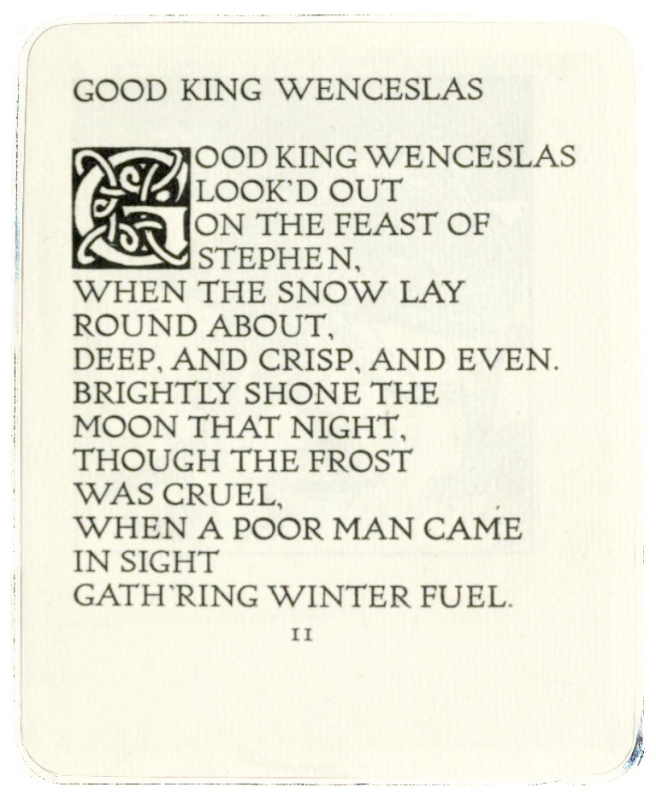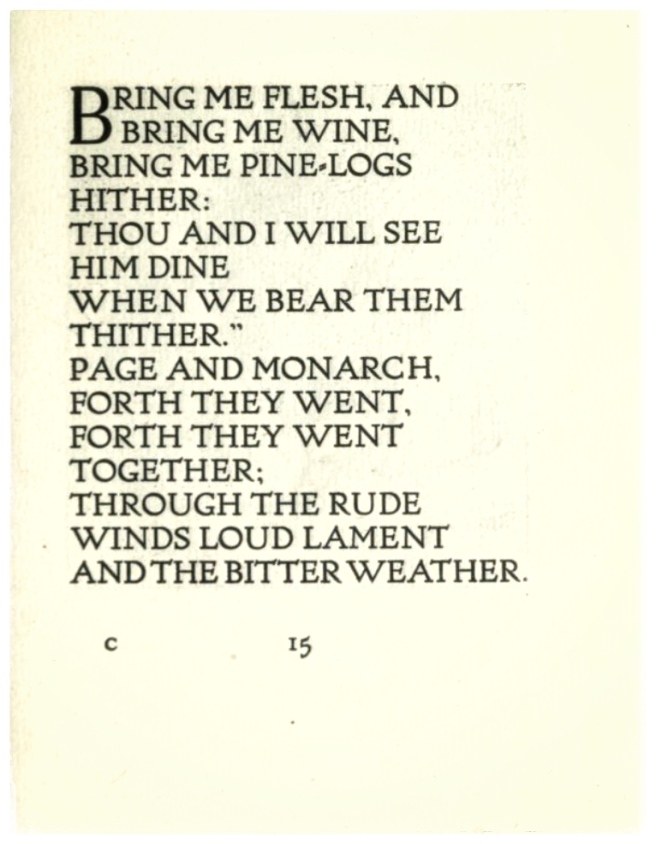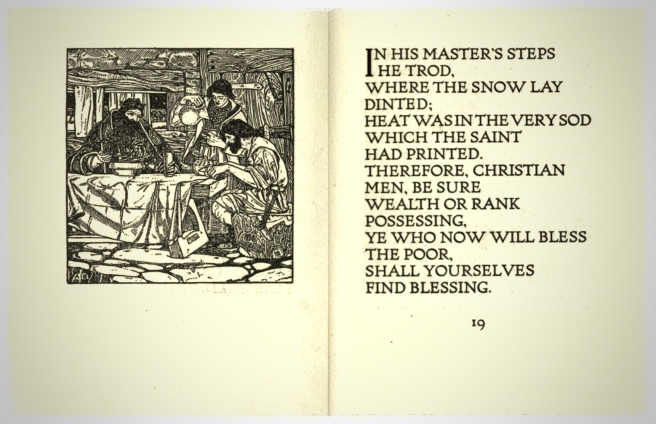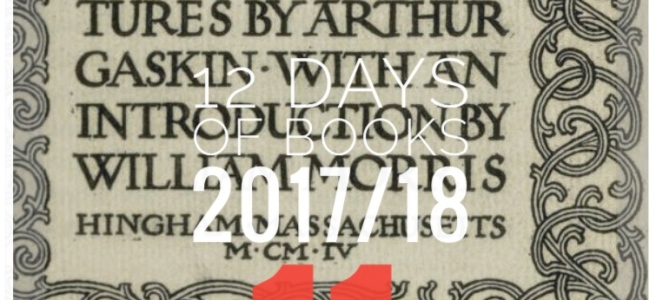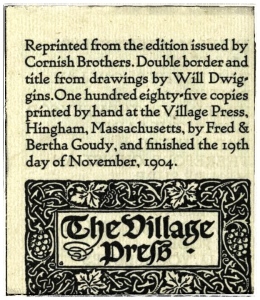Book:
The Willow Flute: a North Country Tale written and illustrated by D. William Johnson
1975, Little, Brown and Company.
Goodbye Winter! Many flowers are out now: snowdrops, crocuses, and daffodils. The mornings and evenings are lighter. Now when I have to get up before 6 am there is a slight brightness to the sky, which makes it a lot easier to drag myself out of bed!
 However, it is still very, very cold — colder than it was in December (we’ve had a very weird Winter here). So here is a book for cold weather that looks forward to Spring.
However, it is still very, very cold — colder than it was in December (we’ve had a very weird Winter here). So here is a book for cold weather that looks forward to Spring.
 The Willow Flute tells the story of Lewis Shrew, who lives in a great forest. One March evening, Lewis puts on his “boots and his old overcoat, his muffler and his mittens” to go out into “the white woods” to gather twigs for firewood.
The Willow Flute tells the story of Lewis Shrew, who lives in a great forest. One March evening, Lewis puts on his “boots and his old overcoat, his muffler and his mittens” to go out into “the white woods” to gather twigs for firewood.
When he goes out into the woods and sniffs the air, the woods seem different, even though they are still covered in ice and snow. But “a hint of springtime swirled in the wind.” After gathering twigs, Lewis sits down to rest and falls asleep. When he wakes he is disoriented by the night and cold, and he longs for his house and a cheery fire.
 Lost and scared to go out on the surface because of owls, he starts to tunnel under the snow. His clothes are soon torn and he loses his muffler.
Lost and scared to go out on the surface because of owls, he starts to tunnel under the snow. His clothes are soon torn and he loses his muffler.

Eventually he finds shelter in an abandoned cabin. There he finds a willow flute and plays it.
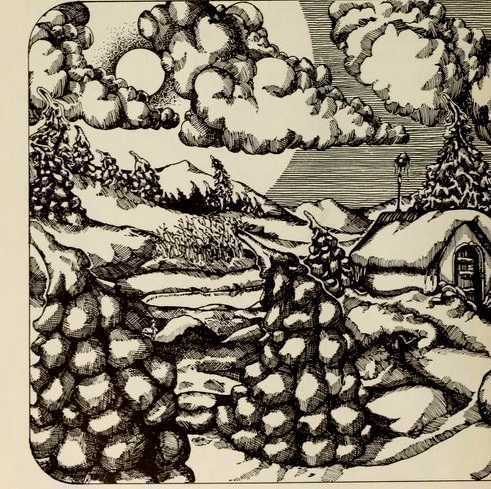
As he plays, the world begins to warm and thaw. Rain falls and melts the snow, and Lewis can now see his own house. It’s a very interesting moment when Lewis begins to play the flute, as the black and white illustrations begin to have color, starting with himself:


This is a strange little book. The writing is simple and straightforward:
“He paused to breathe the good air. The sun sparkled through the trees and caught on the wonderful flute; a robin landed in a pine tree and green things were thinking of growing.”
But the illustrations are idiosyncratic and striking, done in a very bold and graphic style in black & white, with the interesting choice to bring color in gradually with the arrival of Spring. Older children could explore these stylistic choices in art, with the creative use of hatching and crosshatching, detail and negative space, and other techniques to create an interesting image with just pen and ink.

Another interesting idea would be to explore the story itself, as the author makes the interesting choice to not really explain many things — whose cabin is it? How does the magic flute work? What is the meaning of the cryptic sign (“The bird, whistle please”) which is on the cabin door? Who put it there? Why? These could all be good prompts for creative writing.
This is a very interesting book in and of itself, and suitable for all ages. I myself have certainly had the experience of going out of doors in late Winter and finding that something is subtly different — a hint of Springtime is in the air. I have felt that this year already, but right now it is cold! It may well be where you are too. So here are some cold weather recipes.
Maybe my number one comfort food is beef stew. Daube is a French version, which is cheap, healthy and super comforting. I’ve added ox cheek, which is full of collagen to make it extra unctuous and amazing.

Beef Daube
Ingredients
5 garlic cloves, chopped, or 2 Tbsp garlic paste
1/2 lb stewing beef
1 ox cheek (optional, you can replace it with more steak or chuck, but it’s well worth it if you’ve got it!)
1 cup carrots, chopped
2 cups onions, chopped
1 tsp salt
1 tsp pepper
1 Tbsp thyme
1 tsp rosemary
1 tsp oregano
1/2 tsp allspice
1/2 cup tomato paste
1 1/2 cup red wine
Method
Chuck all the ingredients into a large Dutch oven or casserole dish with a lid. You can brown the meat and onions first, but I never bother, because who has the time? Cover and put in the oven at about 300 degrees F (that’s about 150 C). Bake for 2 1/2 to 2 hours (but check on it now and again to make sure the liquid isn’t drying out, and top up with water if it is). Once the meat is fork-tender, it is done! Serve on its own, or with egg noodles (I had mine with vareniki).

Since we could probably do with a hot drink, too, here is a recipe for Butter Tea! Butter tea (or po cha) is common in Tibet and neighboring countries, and is a good alternative for people who want to try Bulletproof-type coffee but don’t like coffee! It is very rich and nourishing.

Butter Tea
Ingredients
2 cups water
2 black teabags, or loose equivalent (I used chai)
1/4 tsp salt
1 Tbsp butter (yak butter is traditional, but if, like me, you haven’t got it, use some good yellow grass-fed butter)
1/2 cup cream or whole milk
1 tsp honey (optional)

Method
Boil the water and then steep the tea. Steep for at least 3 minutes so it’s nice and strong. Add the cream, salt, and butter. If you have a churn or a blender you can use those, or shake in a jar. But be careful — hot liquids can expand and leak! Personally, I use a tiny whisk that I can roll between my hands — almost as quick as an electric mixer and I don’t have to plug it in! I have found that the butter emulsifies wonderfully. Drink while nice and hot! Note: it may be an acquired taste for those not used to it. You can add a teaspoon of honey, which changes it from salty to salty/sweet. Not necessarily authentic, but this recipe isn’t very authentic to begin with!

Drink by your cheery fire, and think of Spring!
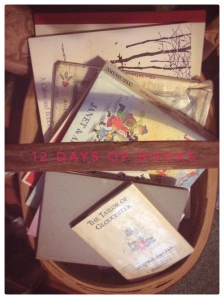 Book:
Book:

